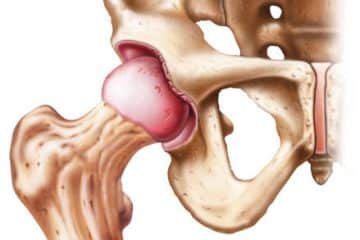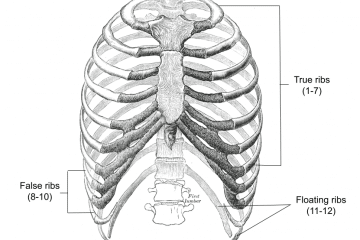Meniscus Repair Overview
Among the most regularly done orthopedic operations is knee arthroscopy for meniscal injuries. Meniscus repairs have become more common in the last few years, owing to concerns that meniscectomy can lead to earlier arthritis.
Meniscus repair is becoming more common, and it may now be done in active elderly patients, even if the tear is in the avascular area. Non-surgical treatment measures, meniscus repair, and meniscectomy are the three main treatment options for meniscal tears.
It’s impossible to compare any of these possibilities directly due to a lack of evidence, making it tough to come up with the best effective management.
Making decisions needs a detailed analysis of patient-related factors (such as age and illnesses) as well as tear characteristics (e.g., site and reducibility).
What is Meniscus Repair?
A meniscus repair is a microscopic surgery technique for repairing a damaged meniscus. It is a minimally invasive surgery that is frequently performed as outpatient surgery.
The duration of the tear, its position and pattern, the patient’s age, and any concomitant traumas are all factors that influence effectiveness.
If the surgeon’s exam determines that the meniscus tear is mild in intensity (Grade 1 or 2), you may not have the surgery. If it is Grade 3, you may have it. The surgeon may choose to use an arthroscopic or open technique to repair the injured meniscus.
Indications of Meniscus Repair
The indication of meniscal repair is total or partial meniscus tears with the following criteria that must the patient fit:
More peripheral tears
Red-on-red and red-on-white tears
The short size of 1 cm to 2.5 cm
Vertical tears
Acute tears
Patients younger in age, less than 40 years
Associated ACL tear
Contraindications of Meniscus Repair
The issues that interfere with this operation are the following:
Degenerative tears
Tears with a low healing capacity
How Long Does Meniscus Repair Last?
Arthroscopic meniscal repair takes 2-3 hours to be completely done. With postoperative hospital stay ranging from 2 to 3 days. The healing process takes 6 to 12 weeks to complete.
Cost of Meniscus Repair
Repair of torn meniscus is the most popular type of surgical treatment. It can cost up to 10,000$. It is partially covered by medical insurance.
How Meniscus Repair is Done?
With the presence of many types of meniscal tear repair, we will discuss the most commonly performed technique using the inside-out approach.
The surgery is done under the effect of general anesthesia (making you sleep).
The steps of the inside-out technique are as follow:
• Placement of Portals
After administration of anesthesia and examination of both knees, the surgeon will make small incisions and place the portals of the arthroscope in their suitable locations.
• Approaching the Joint
There are two different approaches used by surgeons (posteromedial and posterolateral) to identify the joint lines. Each approach has different landmarks that should be identified first.
• Performing the Meniscal Suturing
Before trying to repair the lesion, the surgeon has to assess the lesion in terms of size, stability, and location of the injury.
Nonabsorbable sutures are passed into the meniscus using a self-delivery device with a cannula. The meniscal needle is pushed through the inferior or superior part of the meniscus. The knee is placed in a flexion position to begin moving the sutures and stitching the tear.
• Closing the Incision
After finishing the suturing, the surgeon will withdraw the portals and close the incisions under the aseptic technique. Then, the incision will be covered with sterile gauze to prevent its contamination.
Risks of Meniscus Repair
There are a few complications that can occur after the procedure including:
• Postoperative infection
• Injury to nerves or blood vessels around the knee.
• Deep vein thrombosis occurs when blood clots form in the leg.
• Damage to the joint.
• Equipment fracture
• Peri-meniscal cyst formation
Conclusion
If the meniscus can be repaired, it should be done as soon as possible in younger patients to improve functional recovery and knee joint lifespan.
If the meniscus is repairable, it should be performed even in patients above the age of 55.
To achieve better results and minimize problems, the surgeons must be knowledgeable with the operating indications and procedures, as well as have a thorough understanding of the anatomical structures and recommend suitable rehabilitation programs.
See Also
References
https://www.ncbi.nlm.nih.gov/pmc/articles/
https://emedicine.medscape.com/article/

Dr.Sharif Samir Alijla, is a general medical doctor and a well-rounded professional that cares and treats patients from Palestine. I participated in many medical studies and conferences, I've launched a range of community initiatives and taken part in a variety of leadership and change training programs. I worked as an author for many medical websites such as TebFact . I specialized in writing medical articles from authoritative and updated sources in a simple and smooth the way for the reader.



